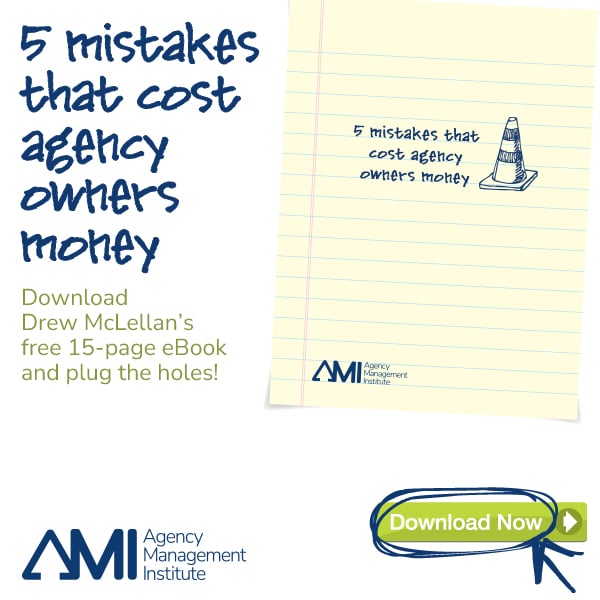How To Level Up Your Agency And Gear Up For Growth
Doubling your agency’s size from roughly 35 employees to 65 employees serves as the leveling-up stage where you take on bigger and better clients (and often better employees to serve them). As an owner, you’re no longer in the weeds like you might have been with 12 to 35 employees. Instead, your main focuses are business development and finance. In my experience, business development is about making the C-level connections that drive business. It might occasionally require “roughing it” on the golf course or riding waves with an eclectic client, but keep an eye on the big picture: According to the U.S. Small Business Administration, small businesses created two-thirds of the jobs added in the last five years. You’re doing important work out there on the ninth hole. Sharing The Leadership Load When your agency reaches the 35-to-65-person stage, owners must be OK with being removed from the day-to-day decision-making loop. Your former department heads will probably become vice presidents to make room for more skilled and senior employees underneath them. While client satisfaction and retention remain important, a variety of metrics and key performance indicators (KPIs) will move into the spotlight. A team with diverse backgrounds and expertise will be especially driven by numbers, and you’ll often see incentive pay (likely in the form of a bonus program) directly tied to KPIs. Along with more rigid compensation structures, scaling up to the 35-to-65 stage requires structured responsibilities, and the agency becomes almost like a factory in terms of how jobs are brought in and where they’re assigned to from there. This doesn’t mean saying goodbye to creativity; it means, instead, that onboarding work and accomplishing it on time (and on budget) must now become [...]




